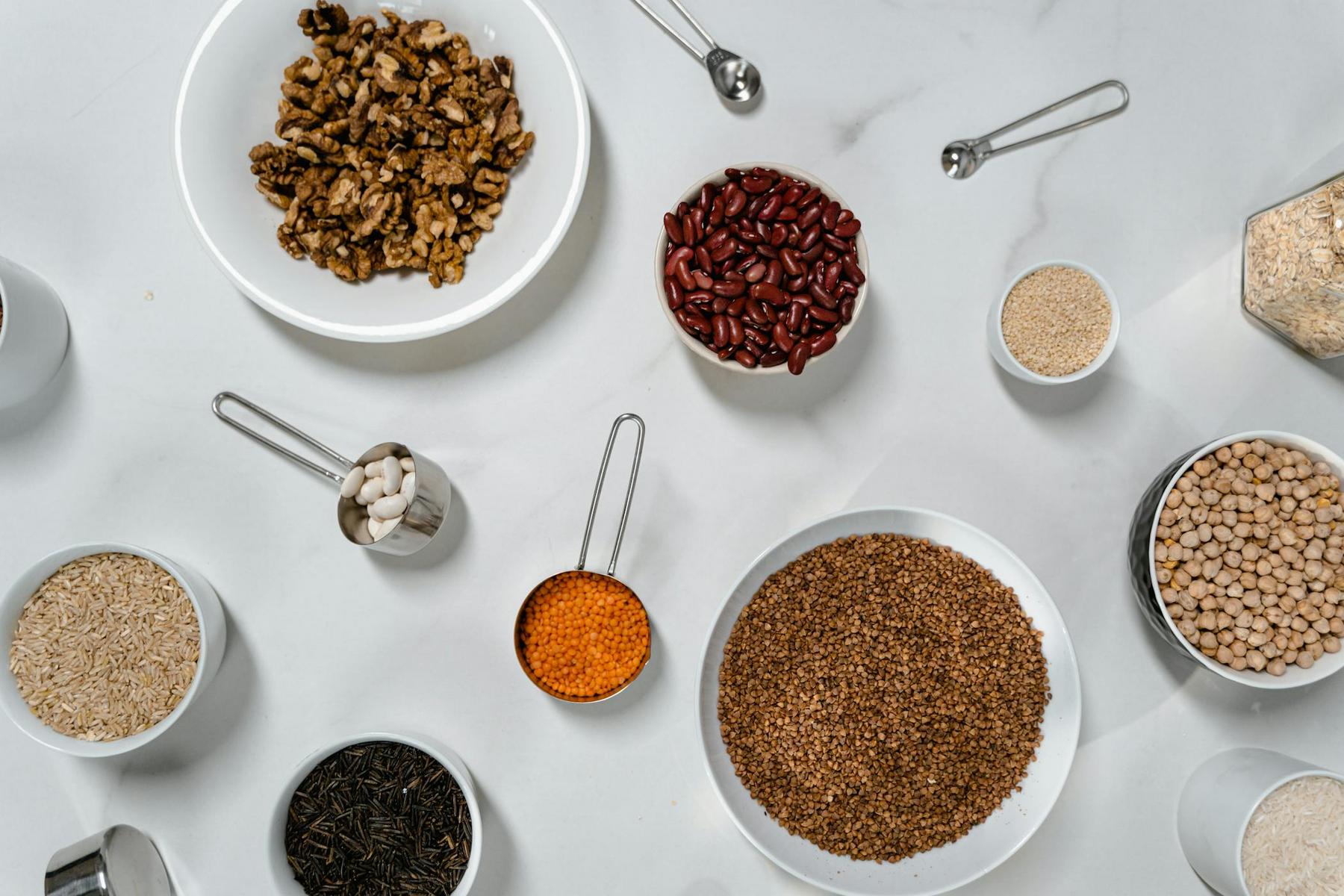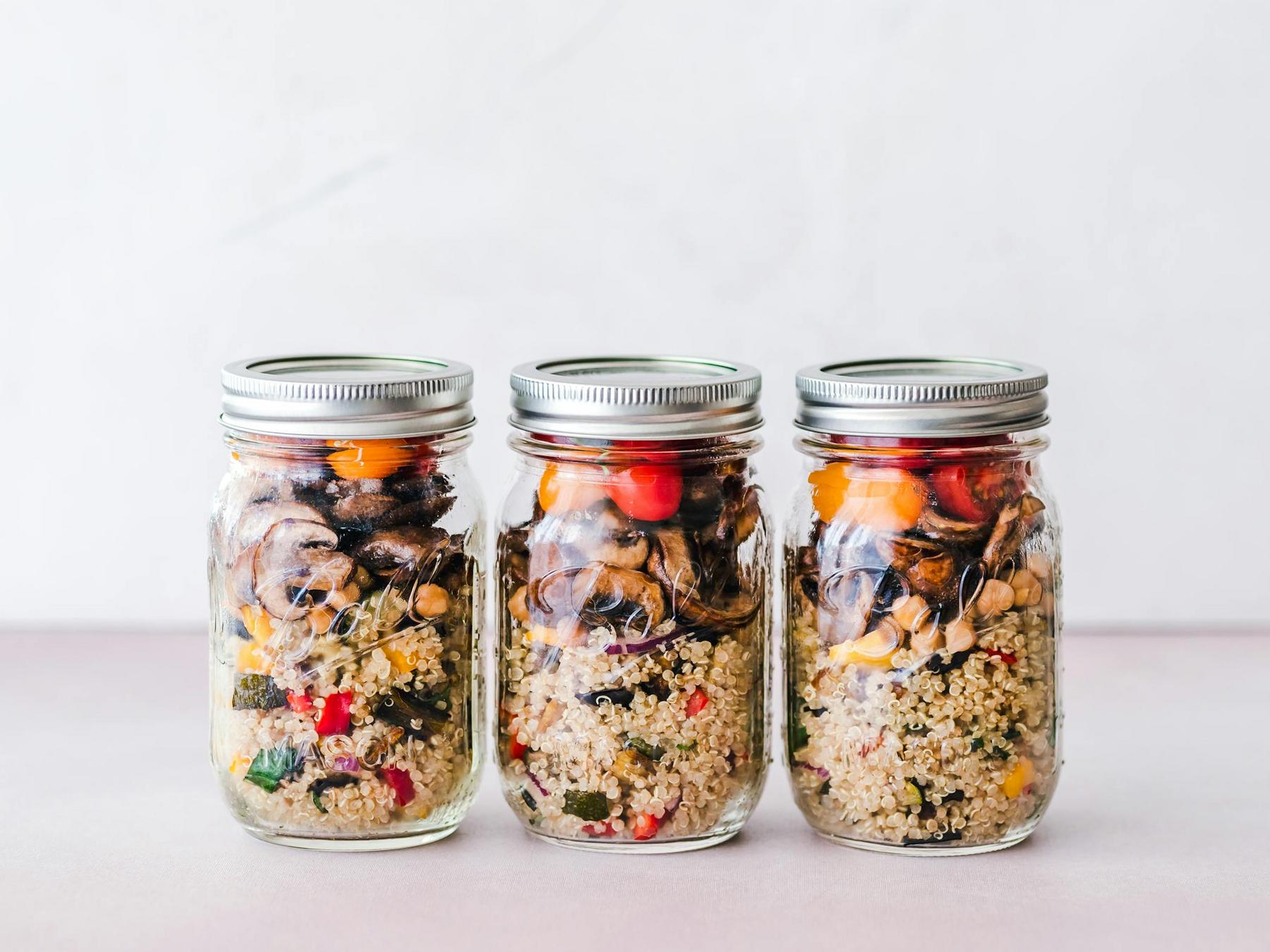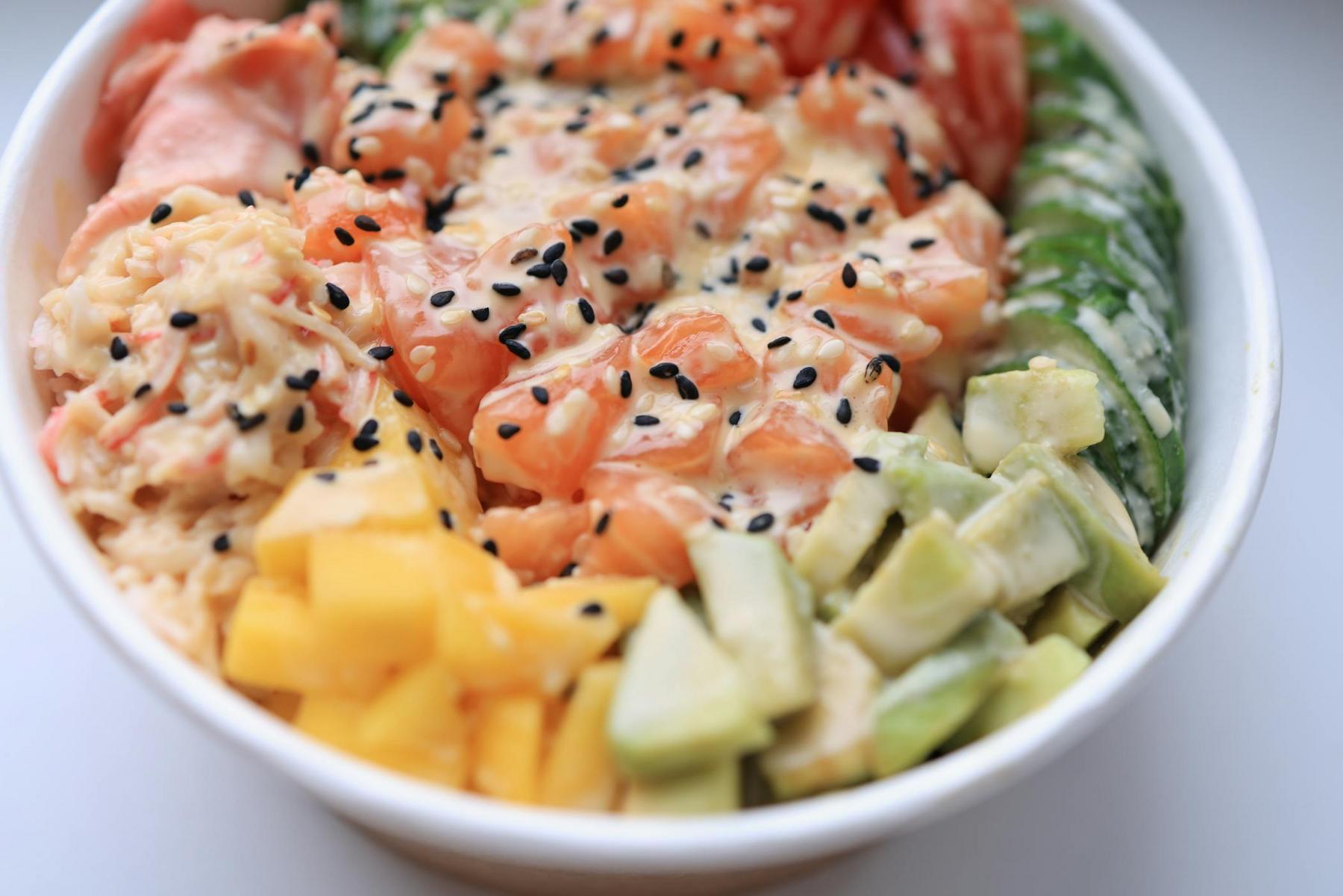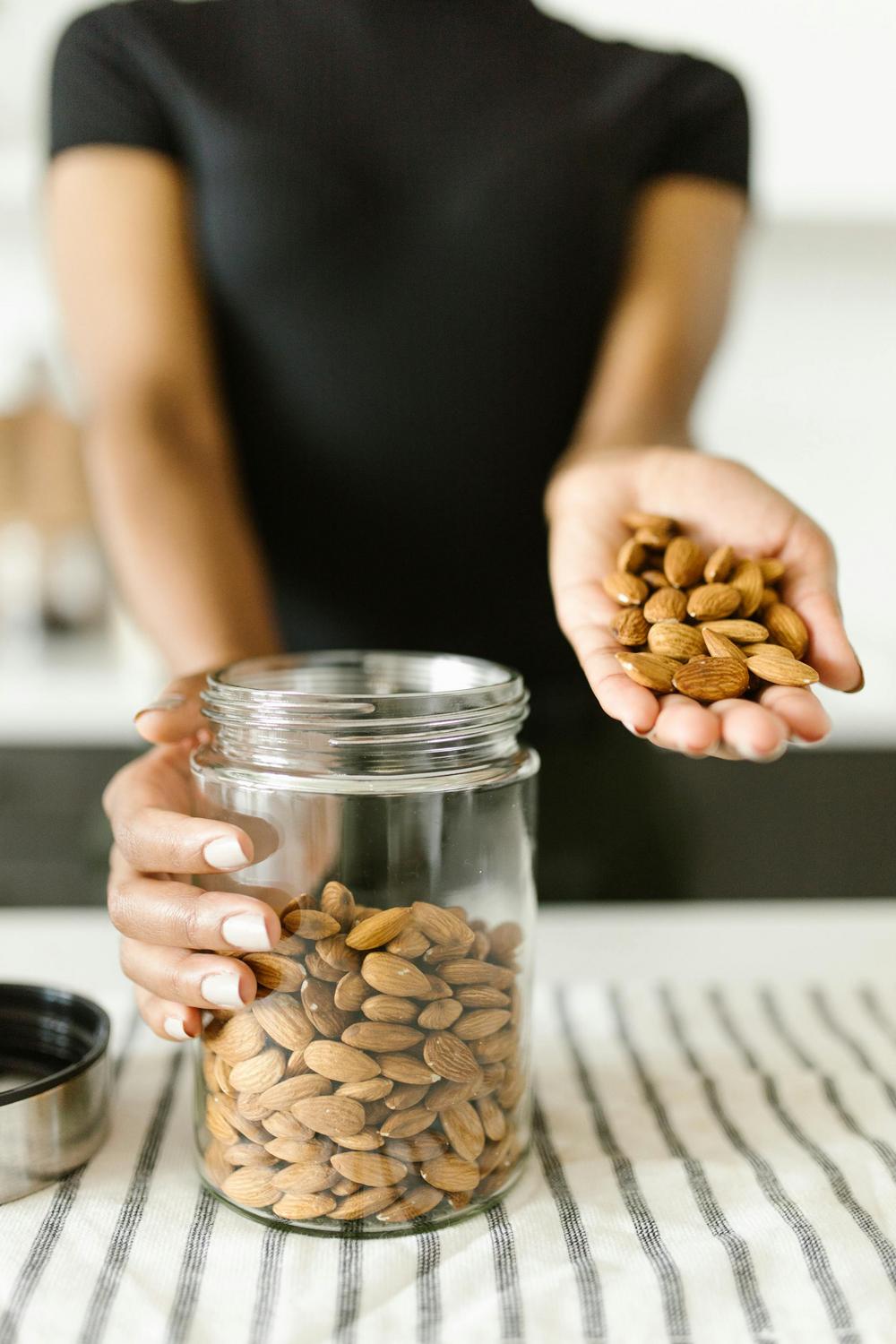Chronic inflammation has emerged as a significant factor in weight management challenges facing many Australians today. Beyond merely affecting our immune response, persistent low-grade inflammation creates a biological environment that actively resists weight loss efforts. The connection between inflammation and weight control represents a crucial breakthrough in our understanding of effective, sustainable weight management strategies. By addressing the underlying inflammatory processes through dietary choices, individuals can potentially overcome stubborn weight plateaus and achieve more meaningful health improvements than through calorie restriction alone.
What Is the Connection Between Inflammation and Weight Gain?
The relationship between inflammation and weight is bidirectional and complex. Excess adipose tissue, particularly visceral fat that surrounds internal organs, functions as an active endocrine organ, releasing pro-inflammatory compounds called cytokines. This creates a self-perpetuating cycle where inflammation promotes weight gain, and weight gain fuels further inflammation.
Research demonstrates that this inflammatory state directly impacts weight regulation through several mechanisms:
- Adipokine imbalance: Visceral fat secretes excess leptin (>45 ng/mL in obesity) while reducing adiponectin (<4 μg/mL). This imbalance disrupts normal appetite regulation and energy expenditure, leading to leptin resistance where the body no longer responds appropriately to fullness signals.
- Insulin signalling disruption: Chronic inflammation induces changes in insulin receptor pathways, blocking normal glucose metabolism. This insulin resistance forces the body to produce more insulin, promoting fat storage and preventing fat utilisation.
- Mitochondrial dysfunction: Inflammatory compounds damage cellular energy centres, reducing metabolic rate by 8-12% and impairing the body’s ability to efficiently burn calories.
These biological disruptions explain why traditional calorie-restricted diets often fail long-term – they don’t address the underlying inflammatory processes that actively resist weight loss efforts.
Which Foods Should Form the Foundation of an Anti-Inflammatory Diet?
An effective anti-inflammatory eating pattern prioritises nutrient-dense foods with proven inflammation-reducing properties. The Mediterranean dietary pattern serves as an excellent framework, having demonstrated in clinical studies the ability to reduce inflammatory markers like C-reactive protein (CRP) by 37% and interleukin-6 (IL-6) by 23% compared to typical Western diets.
Key Anti-Inflammatory Food Groups for Weight Management
| Food Group | Daily Recommendation | Anti-Inflammatory Compounds | Weight Management Benefits |
|---|---|---|---|
| Colourful Vegetables & Fruits | 9+ servings | Polyphenols, flavonoids, carotenoids | Reduces inflammatory markers, provides fibre for satiety, supports healthy gut bacteria |
| Omega-3 Rich Proteins | 3-4 servings/week | EPA, DHA, ALA | Suppresses adipose tissue inflammation, improves insulin sensitivity |
| Healthy Fats | 4+ tbsp olive oil/day | Monounsaturated fats, oleocanthal | Enhances nutrient absorption, regulates appetite hormones |
| Low-Glycemic Whole Grains | 2-3 servings | Resistant starch, fibre | Stabilises blood glucose, reduces inflammatory cytokine production |
| Fermented Foods | 1-2 servings | Probiotics, postbiotics | Enhances gut barrier integrity, reduces endotoxin-mediated inflammation |
| Anti-Inflammatory Herbs/Spices | No limit | Curcumin, gingerol, capsaicin | Blocks inflammatory enzymes, improves metabolic markers |
The synergistic interactions between these food components are crucial. For example, the monounsaturated fats in olive oil enhance absorption of anti-inflammatory carotenoids from vegetables, while compounds in fermented foods support the gut microbiome’s ability to produce anti-inflammatory metabolites.
How Does Phytonutrient Diversity Support Weight Management?
The concept of “eating the rainbow” has profound biological significance beyond simple nutritional variety. Different coloured plant foods contain specific phytochemicals that target distinct inflammatory pathways:
- Red/Purple Foods: Berries, cherries, red cabbage, and beetroot contain anthocyanins that inhibit COX-2 enzyme activity (similar to non-steroidal anti-inflammatory medications) and betalains that suppress IL-6 and TNF-α production.
- Orange/Yellow Foods: Citrus fruits, turmeric, and yellow bell peppers provide β-cryptoxanthin and curcuminoids that modulate the NLRP3 inflammasome, a protein complex involved in triggering inflammatory responses.
- Green Foods: Cruciferous vegetables like broccoli, kale, and Brussels sprouts are rich in sulforaphane, which activates Nrf2 – a master regulator of antioxidant responses that protects cells from inflammatory damage.
Research demonstrates that a dietary intervention prescribing at least three different colour groups per meal achieved 2.4 kg greater weight loss than calorically equivalent diets lacking phytonutrient diversity. This approach leverages what nutritional scientists call “food synergy” – the enhanced biological effects that occur when consuming compounds from different plant sources together.
A practical recommendation is to construct meals using the “colour plate principle” – aim for a minimum of three distinct plant colours at each meal, with larger portions of non-starchy vegetables to maximise phytonutrient intake while controlling caloric density.
Which Foods Promote Inflammation and Should Be Limited?
Just as certain foods combat inflammation, others can actively promote it. Understanding which foods contribute to inflammatory processes is essential for constructing an effective anti-inflammatory diet:
Advanced Glycation End Products (AGEs)
High-temperature cooking methods like grilling, frying, and charring produce compounds called AGEs that bind to specific receptors in the body, activating inflammatory pathways and increasing IL-6 production by up to 142%. These compounds are particularly prevalent in:
- Charred or blackened meats
- Ultra-processed snack foods
- Foods with high sugar content cooked at high temperatures
Research shows that simply changing cooking methods – opting for poaching, steaming, or slow cooking rather than high-heat methods – can reduce inflammatory marker levels by 38%.
Industrial Seed Oils
Modern diets contain disproportionately high amounts of omega-6 fatty acids from industrial seed oils (corn, soybean, safflower), creating an imbalanced omega-6:omega-3 ratio of approximately 20:1, compared to the 1:1 ratio our bodies evolved with.
This imbalance promotes the production of inflammatory compounds derived from arachidonic acid. Studies demonstrate that substituting these oils with anti-inflammatory alternatives like extra virgin olive oil, avocado oil, or macadamia nut oil can decrease inflammatory leukotriene B4 by 41% in adipose tissue.
Food Additives and Ultra-Processed Foods
Certain food additives, particularly emulsifiers like carboxymethylcellulose and polysorbate-80, disrupt the protective mucus layer in the intestines, allowing bacterial components to trigger inflammatory responses through TLR4 receptors.
A six-month study found that eliminating these additives reduced gut inflammation markers by 58% in participants with obesity. The practical approach is to minimise consumption of packaged foods with long ingredient lists and opt for whole, minimally processed alternatives whenever possible.
How Can You Implement an Anti-Inflammatory Diet for Weight Management?
Transitioning to an anti-inflammatory eating pattern requires a structured approach rather than overnight changes. Based on clinical implementation studies, the following phased protocol maximises adherence and results:
Phase 1: Elimination (Weeks 1-2)
- Remove the most pro-inflammatory foods: ultra-processed snacks, foods with artificial additives, and items containing industrial seed oils
- Introduce 1-2 fermented foods daily (yoghurt, kefir, kimchi, sauerkraut)
- Begin tracking meals and noting any changes in energy, digestion, or weight
Phase 2: Foundation Building (Weeks 3-4)
- Incorporate fatty fish 2-3 times weekly or plant-based omega-3 sources daily
- Reduce cooking temperatures and experiment with gentle cooking methods
- Focus on achieving a healthier omega-3:omega-6 ratio by using olive oil, avocados, and nuts for fats
Phase 3: Optimisation (Weeks 5-6)
- Implement the colour-based meal planning approach (minimum 3 colours per meal)
- Structure meals according to the anti-inflammatory plate model:
- 50% plate: Non-starchy coloured vegetables
- 25% plate: Omega-3 rich proteins
- 15% plate: Low-glycemic whole grains or legumes
- 10% plate: Anti-inflammatory fats
Maintenance Phase
- Rotate anti-inflammatory herbs and spices (turmeric, ginger, cinnamon)
- Practice time-restricted eating by consuming 70% of daily calories before 3pm
- Continuously expand variety within the anti-inflammatory food framework
This graduated approach addresses a common pitfall in dietary changes – attempting too much too quickly – and allows the palate and microbiome to adapt gradually to new flavours and food compositions.
How Does an Anti-Inflammatory Diet Support Long-Term Weight Management?
The sustainability of any weight management approach depends on its ability to address the underlying biological factors that regulate weight. The anti-inflammatory dietary pattern offers several advantages for long-term success:
- Restoration of healthy adipokine balance: Studies show Mediterranean-style eating increases adiponectin by 28% and improves the leptin-to-adiponectin ratio by 42%, helping restore normal appetite regulation.
- Improved insulin sensitivity: Anti-inflammatory nutrients, particularly omega-3 fatty acids, help preserve insulin signalling pathways, improving glucose disposal by up to 19% in at-risk individuals.
- Enhanced mitochondrial function: Polyphenols from colourful plant foods upregulate genes involved in energy metabolism, increasing thermogenic capacity by 23% in clinical trials.
- Gut microbiome optimisation: The prebiotic fibre and polyphenols in an anti-inflammatory diet support beneficial bacteria that produce short-chain fatty acids, which directly inhibit fat storage mechanisms.
Perhaps most importantly, this approach shifts focus from restrictive eating to nourishing the body with beneficial foods, creating a psychologically sustainable relationship with eating that supports long-term adherence.
The Integrated Approach to Inflammation and Weight Management
Addressing inflammation through diet represents one powerful component of comprehensive weight management. The most successful approaches combine anti-inflammatory nutrition with:
- Regular physical activity (particularly strength training and low-intensity movement)
- Stress management techniques that reduce cortisol, a hormone that promotes visceral fat accumulation
- Adequate sleep quality and duration
- Professional medical support when appropriate
For individuals struggling with significant weight management challenges, combining an anti-inflammatory dietary approach with medical weight management strategies may provide synergistic benefits by simultaneously addressing multiple biological factors that influence weight.
How quickly can I expect to see results from an anti-inflammatory diet?
Most individuals notice improvements in energy, digestion, and general wellbeing within 2-3 weeks of consistently following anti-inflammatory eating principles. Weight changes typically begin after this initial adaptation period, with research showing an average of 0.5-1 kg weekly loss when combined with appropriate physical activity. Inflammatory marker improvements can be measured in as little as 4-6 weeks.
Can I follow an anti-inflammatory diet if I have dietary restrictions?
Yes, the fundamental principles of anti-inflammatory eating can be adapted to most dietary restrictions. Vegetarians and vegans can emphasise plant-based omega-3 sources, while those with gluten sensitivity can focus on alternative whole grains like quinoa and buckwheat. The essential components—phytonutrient diversity, healthy fats, and minimal processing—remain applicable across various dietary patterns.
How does an anti-inflammatory diet differ from other popular diets?
Unlike many trendy diets that focus primarily on macronutrient ratios or calorie restriction, an anti-inflammatory approach emphasises food quality and phytonutrient density. It shares elements with Mediterranean and plant-forward diets but specifically targets foods with proven inflammation-modulating properties. Unlike short-term diets, it represents a sustainable eating pattern that addresses the biological drivers of weight gain rather than just symptoms.
Is it necessary to eliminate all pro-inflammatory foods completely?
The goal isn’t perfection but progression. Research indicates that even a 60-70% adherence to anti-inflammatory principles produces measurable health benefits. The 80/20 approach—following anti-inflammatory guidelines for approximately 80% of food choices while allowing flexibility for the remaining 20%—balances biological effectiveness with psychological sustainability.
How does gut health relate to inflammation and weight management?
The gut microbiome serves as a critical mediator between diet and inflammatory responses. Beneficial bacteria produce compounds that strengthen intestinal barriers, preventing the translocation of inflammatory molecules into circulation. Studies show that improvements in gut microbiome composition correlate with reduced inflammatory markers and more successful weight management, highlighting why fermented foods and diverse plant fibre sources are emphasised in anti-inflammatory eating patterns.



